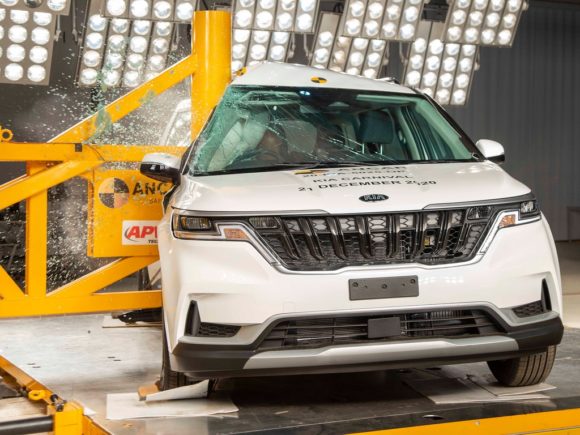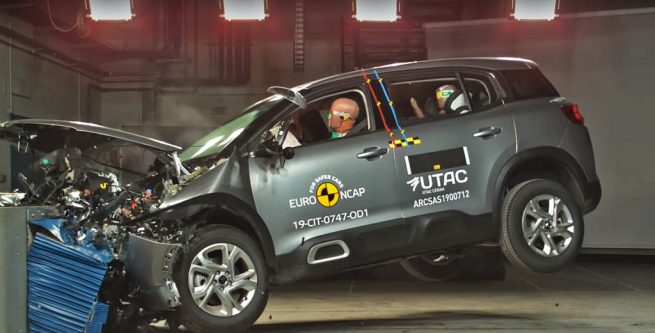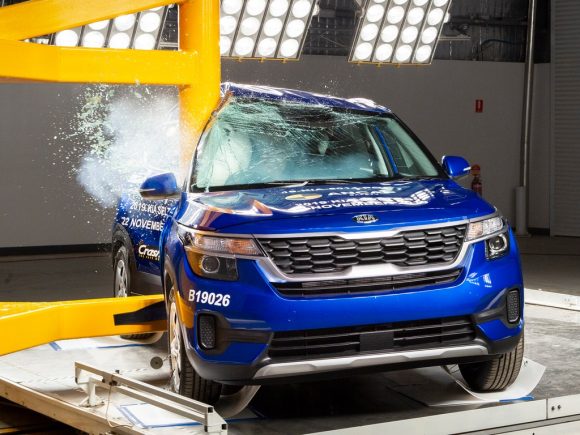
An overall 5-star crash test rating isn’t enough. There’s more to it.
Safety is indispensable and nothing can be traded for it. Since the inception of the automobile industry, several tragic events such as car collisions have claimed a large number of lives which has resulted in both, automakers and the people in general giving a predilection to safety. It necessitated the presence of a well-structured and comprehensive test program which revealed not only the safety of a car, but also whether it could be sold or not. This led to the birth of an organisation in Europe called Euro NCAP which enumerated several yardsticks based on which the rigidity of a car structure could be judged along with the damage bore by the occupants under a similar collision scenario.
Over the years, several countries have come up with their independent organisations to assess vehicle safety such as GNCAP, ASEAN NCAP and so on. NCAP is the acronym for New Car Assessment Program. The first organisation judging cars was the United States National Highway Traffic Safety Administration in 1979. Here are some yardsticks based on which cars are awarded their ratings in India. These yardsticks have been derived from the international crash test standards for India.

Adult Occupant Protection
The adult occupant protection score is evaluated based on the performance of the car in frontal, lateral and rear impact posed to the car and the occupants.
Frontal Impacts are more frequent than any other types of collision. Hence, these organisations judge the frontal impact using the car and the barrier both moving towards each other at a predetermined pace. The ‘Progressive Deformable Barrier’ as it is called is a lorry which is set to pace at a speed equal to that of the car and are made to crash against each other in such a way that only a part of the car’s width collides against the lorry. Two dummies representing an average-sized male are seated in the front while child dummies are placed in the child restraints in the rear seats. The condition of the dummies is analysed for the damage caused to the head, neck, chest and abdomen.
Impact bore by the trolley is also examined. If it is found that the deformable barrier (trolley) is found to have extremely high decelerations or is found to have very severe deformations, it implies that the vehicle on test may not absorb its own energy and will lead to poor results.
Another test is conducted where the entire front width of the car is made to bang against a barrier which checks the rigidity of the structure. A very crucial element for the car, its structure has to be stiff but not so much that it ultimately leads to poor absorption of the impact by the body. Several features such as crumple zones and restraint systems absorb the crash impact at the front and rear of the car.
Cars are also tested for lateral or side impact where a deformable barrier mounted on a trolley is rammed into the side of the test vehicle, generally at speeds of over 50 km/hr. These tests are more difficult as there is lesser material to absorb the impact of a crash. Here too, a dummy representing an average male is put into the driver’s seat while child dummies are situated in child restraints of the rear seats both of which, depict the impact they had to withstand.
A scenario where a car is made to propel sideways into a pole at an angle slightly away from perpendicular is created to assess the car’s body structure and safety equipment such as the deployment and timing of airbags. The collision also shows the impact on the dummy’s head and whether portions of the car such as the metal body, b-pillar and the plastics inside have enough strength to take in the impact of the crash.
A far-side impact which evaluates the play of a driver’s neck from its initial position to towards the other side gives a judgement of the car’s potential to brook the blow.
Finally, whiplash injuries are governed when the car is moved by another body in motion from the rear. More the movement of the head, lesser the car scores.
Child Occupant Protection
Cars in India too, feature ISOFIX mounts for seatbelts as additional protection for children in particular. Presence of ISOFIX mounts is also a parameter to judge the safety of the car. Child restraints performance and the way they have been installed is also paraded.
Safety features
While the basic safety requirements are really stringent in the international markets, India has lesser prerequisites and currently requires a driver side airbag and ABS to be standard on all variants of all cars. However, the government is considering making passenger airbag a provision for the masses which will increase safety by a great margin.
If the car scores high on all fronts mentioned above, it is awarded a full 5-star rating.





